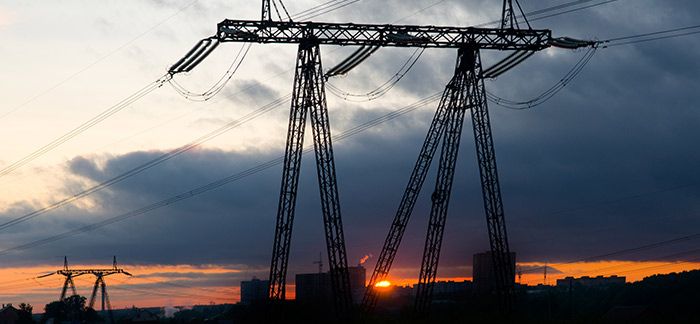|
Firstly, let’s qualify that heading. Getting off the grid and shelving municipal electricity and water bills forever more is certainly easier than even a decade ago. Most people still look at the initial costs and wonder, though, as most off-grid inputs still come as a pay-upfront model. Viewing getting off the grid as a long-term savings plan makes it far more palatable, however, and the journey to one day escaping municipal providers (and their persistent costs) can be an exciting one!
|
Key green living options that can steer you off-grid
|
 |
- Water. Water is a key off-grid input that can become almost free. Collect rainwater to filter and drink, flush indoors or irrigate the garden with, using a relatively inexpensive water tank. While you’re busy saving on water bills using your rainwater, be sure and save up to drill a borehole too. Besides the Cape, most areas of South Africa can be pretty confident about finding water below ground. Borehole drilling costs per meter, so the deeper you need to go, the more it costs.
|
- Solar heating and power. Be sure to differentiate between solar panels for hot water and solar panels that feed a battery bank and supply the house with electric power. Battery banks are expensive (the best are Australian) and they’ll also have to be replaced every few years. Most South African households with a battery bank feed it with municipal electricity, to only kick in when Eskom fails. Solar heating, however, doesn’t require a battery bank, as the panels more directly heat the water, so there are electricity savings in cancelling out the geyser. Solar panels that need to generate electric power are different, and typically involve a battery bank that “translates” solar energy into electric power. Save up for a power-generating solution, that can also be installed manageably, one panel at a time.
|
- Electricity from wind turbines. Something well worth saving for, a wind turbine out back will feed a battery bank for electricity on demand. A wind turbine is low maintenance and a wholesale solution to generating household electricity. As an energy solution, a turbine is well worth saving for.
|
 |
|
In a nutshell, vegetable gardening and composting, recycling, utilising grey water, and being super conscious about electricity usage while installing energy saving globes are all good measures. Becoming truly off-grid, however, involves some shifts in thinking and saving. It helps to think of wholly off-grid measures as annuities, which will pay you back consistently over future years. It’s also fun to reverse-extrapolate what you expect to be “paid” in savings from such an annuity!
|
|
If you’re headed off-grid, also remember the following:
|
- Ask as many “dumb” questions as you like of any supplier or contractor. Make them give you the outline for dummies, and take your time mulling it over until you have a clear understanding of the process at work, the installation, and the savings you can expect, based on the longevity of equipment.
|
- Always get competing quotes and do some Google research to be sure you’re not ultimately talking to the same company, under different names. Always look at Hello Peter for feedback on suppliers.
|
|
If you’re going to budget and outlay for healthy returns, don’t forsake your convenience. Rather save a little longer so that when the switch comes and you lay out for an alternative energy or water solution, it perpetuates the same convenience you’ve become accustomed to. Routes to living off the grid in South Africa are now more refined, reliable and readily available in the form of products and services. Rather than baulk at the often sizeable payments needed to truly effect a complete independence from city water and power, off-grid living is best approached in the same way as we pay for annuities and other longer-term savings plans which pay big dividends. Getting off-grid is really a move for the long term, with perpetual savings once you’ve dispensed with traditional service providers.
|
|

